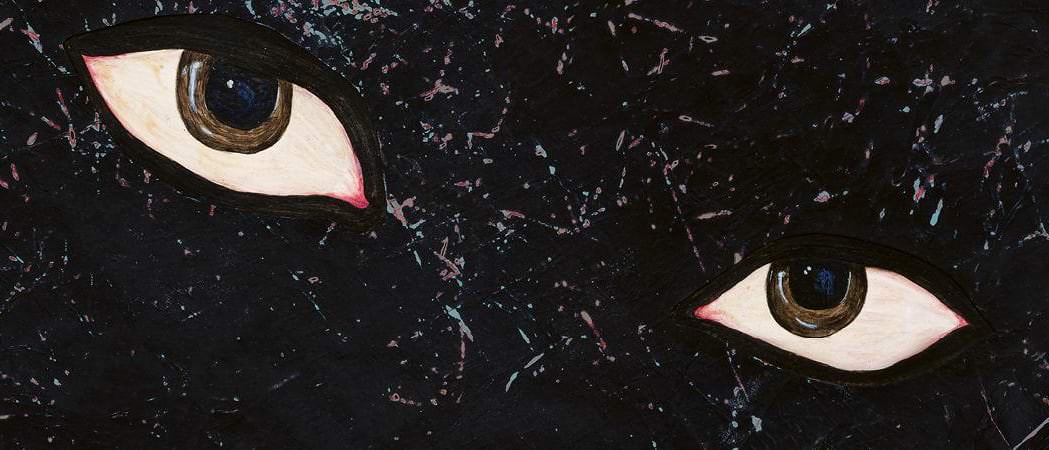
- This exhibition has passed.
The Milk of Dreams: Biennale Arte 2022

The 59th International Art Exhibition of La Biennale di Venezia, titled The Milk of Dreams, is open to the public from Saturday April 23 to Sunday November 27, 2022, at the Giardini and the Arsenale; it is curated by Cecilia Alemani and organised by La Biennale di Venezia, chaired by Roberto Cicutto. “As the first Italian woman to hold this position, I intend to give voice to artists to create unique projects that reflect their visions and our society”, Alemani has declared.
Cecilia Alemani is a curator who has organized many exhibitions of contemporary artists. She is currently Director and Chief Curator of High Line Art, the programme of public art of the urban park in New York, and is the past curator of the Italian Pavilion at the Biennale Arte 2017.
“This Exhibition is grounded in many conversations with artists held in the last few years. The questions that kept emerging from these dialogues seem to capture this moment in history when the very survival of the species is threatened, but also to sum up many other inquiries that pervade the sciences, arts, and myths of our time. How is the definition of the human changing? What constitutes life, and what differentiates plant and animal, human and non-human? What are our responsibilities towards the planet, other people, and other life forms? And what would life look like without us?
These are some of the guiding questions for this edition of the Biennale Arte, which focuses on three thematic areas in particular: the representation of bodies and their metamorphoses; the relationship between individuals and technologies; the connection between bodies and the Earth.”
“As visitors move through the Exhibition in the Central Pavilion and the Corderie, they encounter five smaller, historical sections: miniature constellations of artworks, found objects, and documents, clustered together to explore certain key themes. Conceived like time capsules, these shows within the show provide additional tools of investigation and introspection, weaving a web of references and echoes that link artworks of the past – including major museum loans and unconventional selections – to the pieces by contemporary artists in the surrounding space. This wide-ranging, transhistorical approach traces kinships and affinities between artistic methods and practices, even across generations, to create new layers of meaning and bridge present and past. What emerges is a historical narrative that is not built around systems of direct inheritance or conflict, but around forms of symbiosis, solidarity, and sisterhood.”
“The Milk of Dreams was conceived and organised in a period of enormous instability and uncertainty, since its development coincided with the outbreak and spread of the Covid-19 pandemic. La Biennale di Venezia was forced to postpone this edition by one year, an event that had only occurred during the two World Wars since 1895. So the very fact that this Exhibition can open is somewhat extraordinary: its inauguration is not exactly the symbol of a return to normal life, but rather the outcome of a collective effort that seems almost miraculous. During these endless months in front of the screen, I have pondered the question of what role the International Art Exhibition should play at this historical juncture, and the simplest, most sincere answer I could find is that the Biennale sums up all the things we have so sorely missed in the last two years: the freedom to meet people from all over the world, the possibility of travel, the joy of spending time together, the practice of difference, translation, incomprehension, and communion.
The Milk of Dreams is not an Exhibition about the pandemic, but it inevitably registers the upheavals of our era. In times like this, as the history of La Biennale di Venezia clearly shows, art and artists can help us imagine new modes of coexistence and infinite new possibilities of transformation.” –Cecilia Alemani
